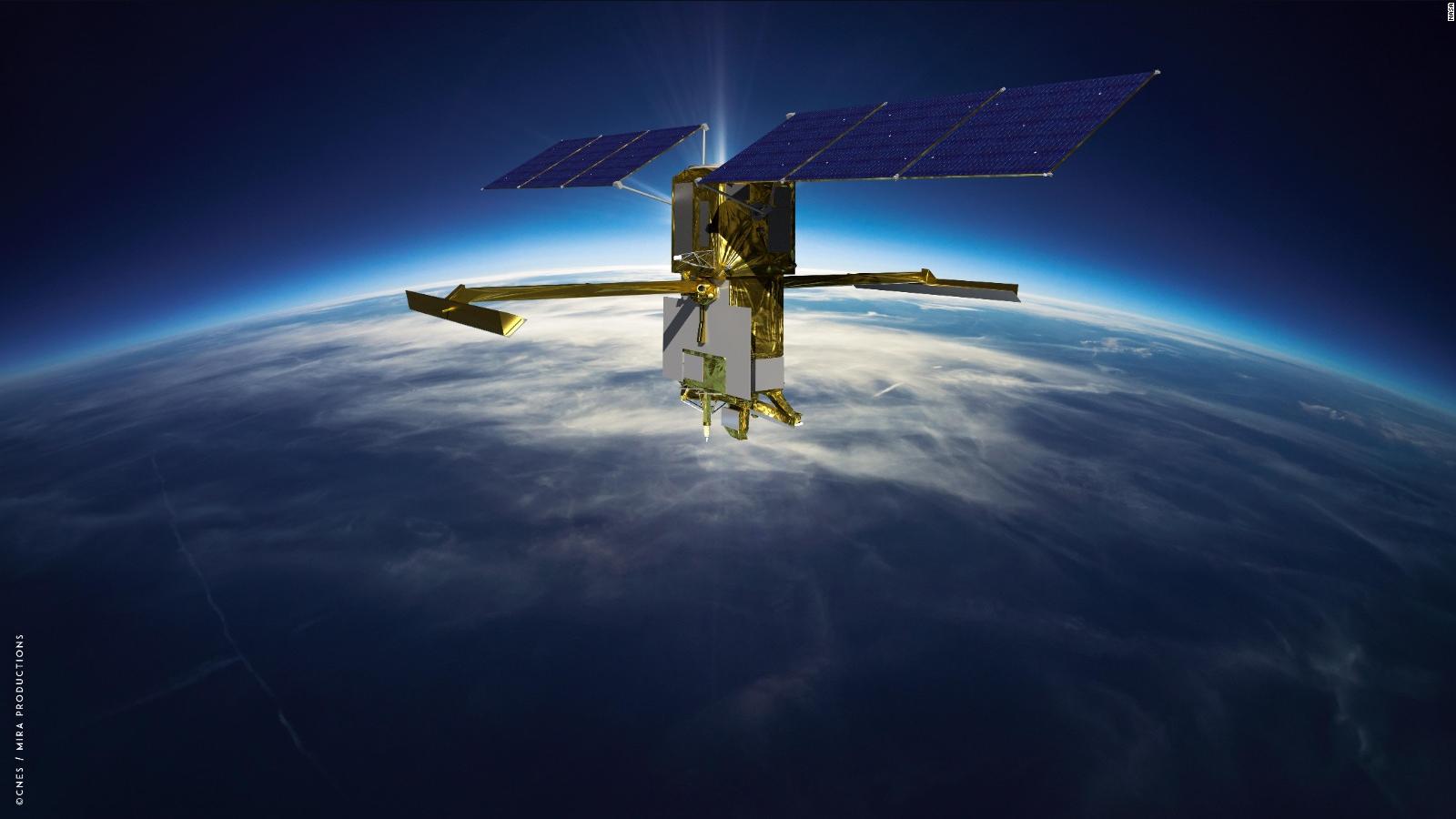(CNN Spanish) — Historical work Artemis I — an unmanned test mission around the Moon using the world’s most powerful operational rocket — is coming to an end.
Orion, known as NASA’s space capsule, is expected to cross the 384,400 kilometers (238,900 miles) separating the moon from Earth and re-enter Earth’s atmosphere on Dec. 11.
At the end of its journey, the capsule Orion would have traveled more than 2.1 million kilometers (1.3 million miles) into space.
But when and at what time will Artemis I return to Earth?
The end of Artemis I’s mission
It will begin with Artemis I’s entry, landing and splashdown in the Pacific Ocean—at a site off the coast of Baja California, about 300 nautical miles (555 kilometers) south of its originally planned site off the coast of San Diego, California. The splashdown is expected to occur at 12:40pm ET on December 11th at 11am ET.
NASA says a cold front forecast for the San Diego area forced it to relocate to an alternate splashdown site about 100 miles (160 kilometers) west of Mexico’s Guadalupe Island.
The agency will share live footage and coverage in English Spanish Before, during and after Artemis I’s splashdown on your website and on NASATV. The broadcast will begin on December 11th at 11am ET.
The Artemis I mission will conclude by testing Orion’s ability to return safely to Earth, making its return faster and warmer. Spacecraft on its way back to Earth.
Orion will enter Earth’s atmosphere at about 25,000 mph (40,000 km/h). According to NASAEarth’s atmosphere will decelerate the spacecraft to approximately 480 km/h (300 mph), which will heat its exterior to more than 2,800 °C (5,000 °F), testing the effectiveness of the heat shield.
Following the completion of the Artemis I mission, the space agency will select a crew for the Artemis II mission, which could take off in 2024. Artemis II’s goal will be to send astronauts on a similar trajectory to Artemis I. Around the moon, but without landing on its surface.
This will pave the way for the Artemis III mission, its launch Scheduled for 2025, and in which a woman and a person of color are expected to land on the moon for the first time. This will mark the first human visit to the lunar surface in half a century.
What was the purpose of Artemis I?
Artemis I mission Departed on 16 November, when NASA’s SLS (Space Launch System) rocket launched the Orion capsule into space, cementing its status as the most powerful operational launch vehicle ever built. It was launched on a mission beyond the Moon that covered 2.1 million kilometers in 15 days, 10 hours and 53 minutes.
According to NASA, the Orion spacecraft has flown 64,000 kilometers (40,000 miles) farther than any human-made spacecraft ever.
And with no humans on board, Orion carried 54.4 kilograms of memorabilia, including toys, Apollo 11 memorabilia and three mannequins. The Orion commander’s seat is occupied by Commander Moonkin Campos, a suit-suited dummy who can collect data on what a future human crew might experience on a trip to the moon. The mannequin wore the new Orion Crew Survival System suit, designed for astronauts to wear during launch and re-entry on future missions. The suit has two radiation sensors.
This mission launched NASA’s Artemis program, which aims to return humans to the Moon and bring the first woman and first man to the lunar surface. And, in time, paves the way for human exploration of Mars. In addition, a series of scientific experiments were carried out, some of which were set up when the rocket and spacecraft arrived at the launch pad.
Ashley Strickland and Jackie Wattles contributed to this report.





